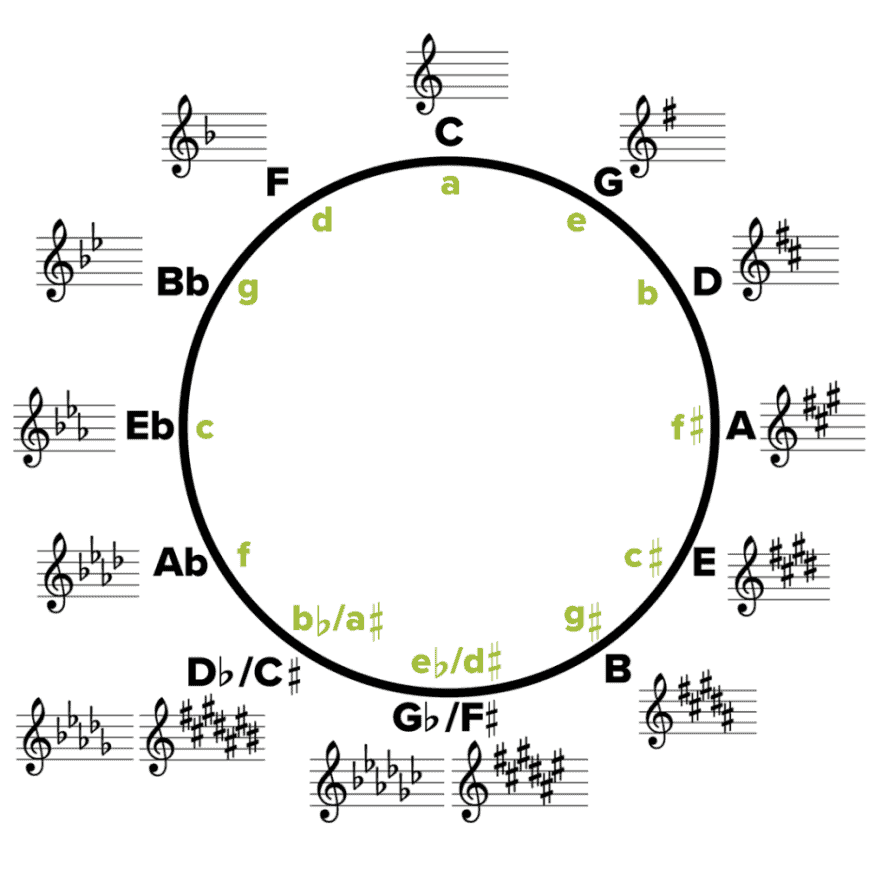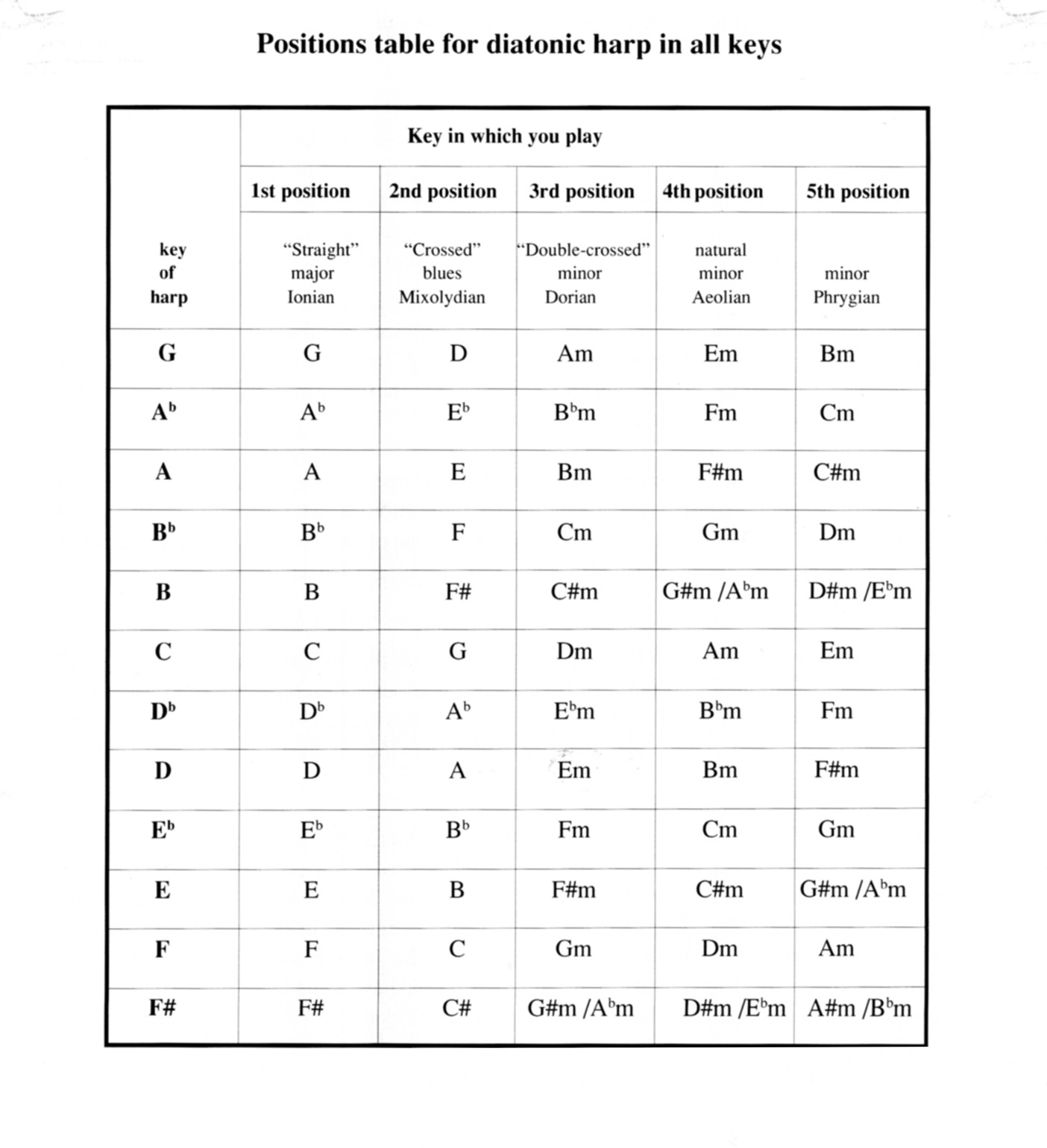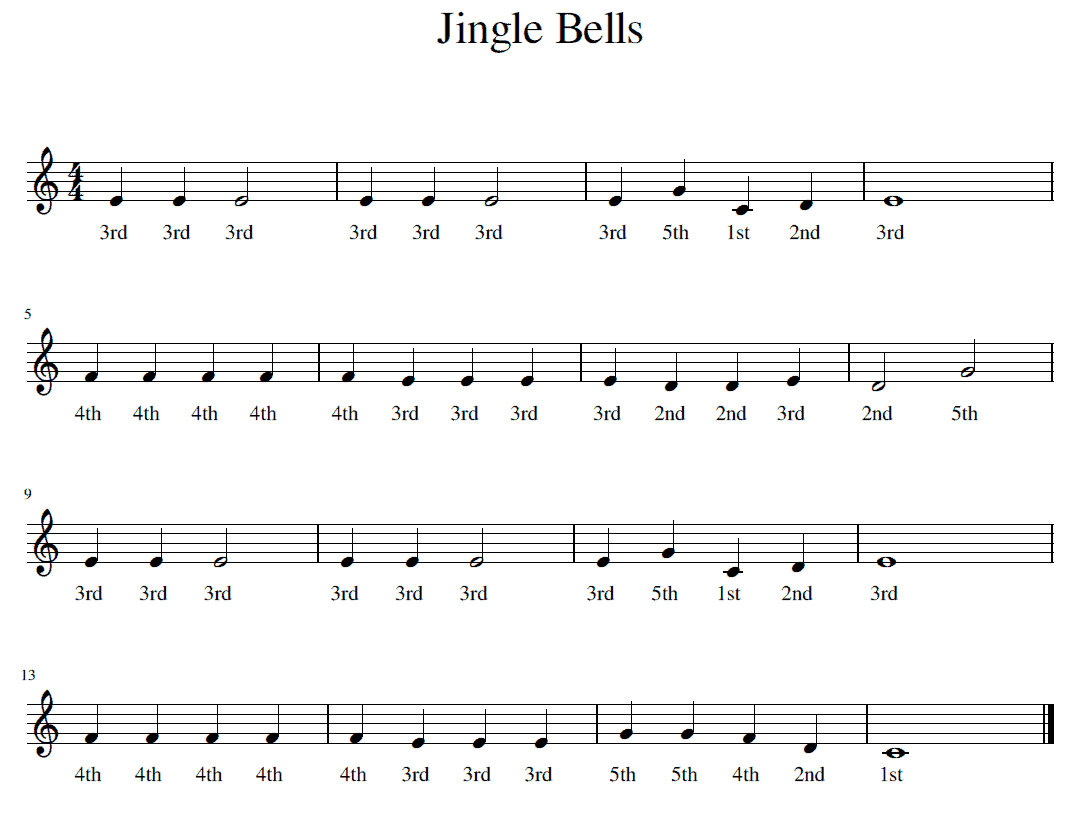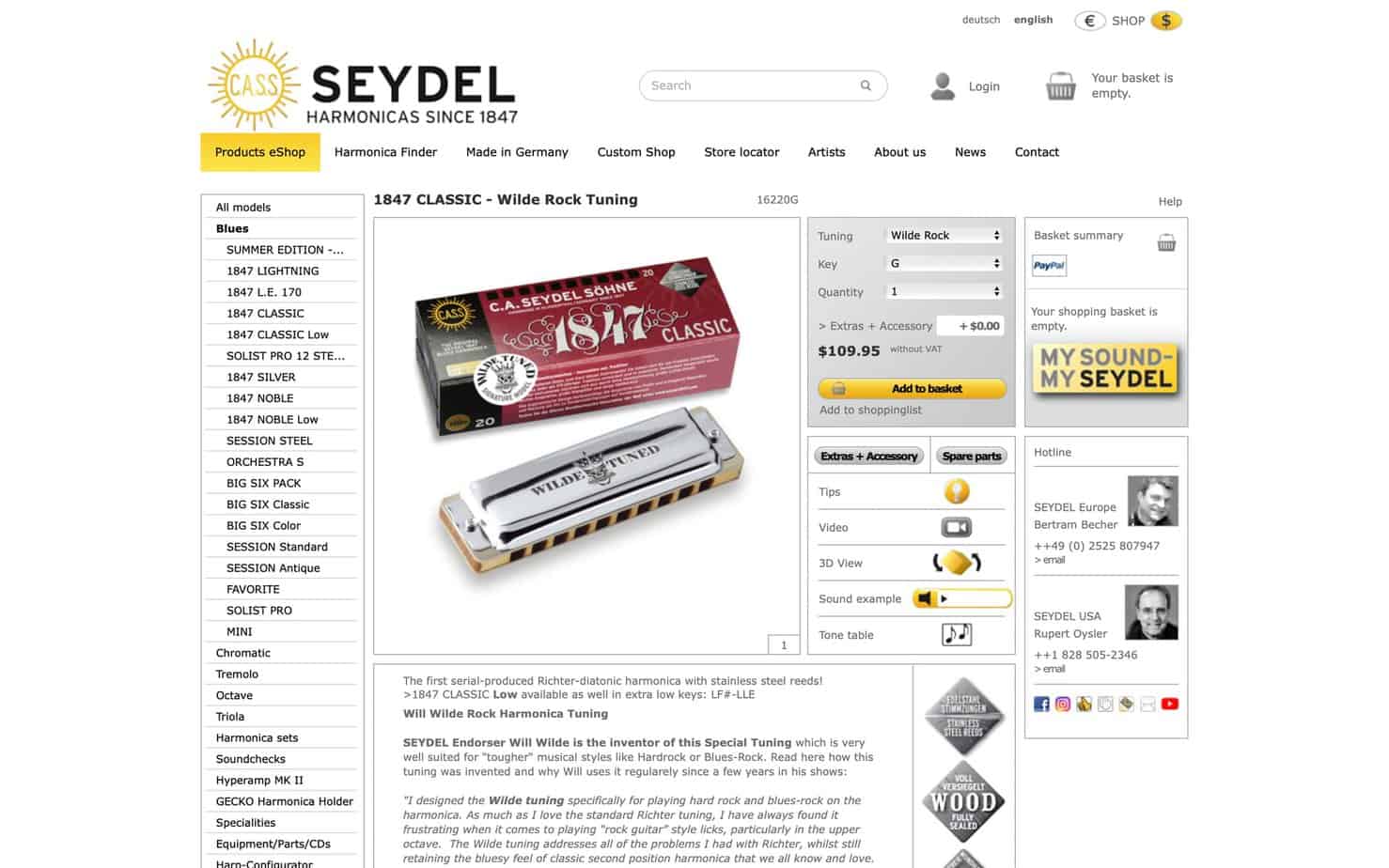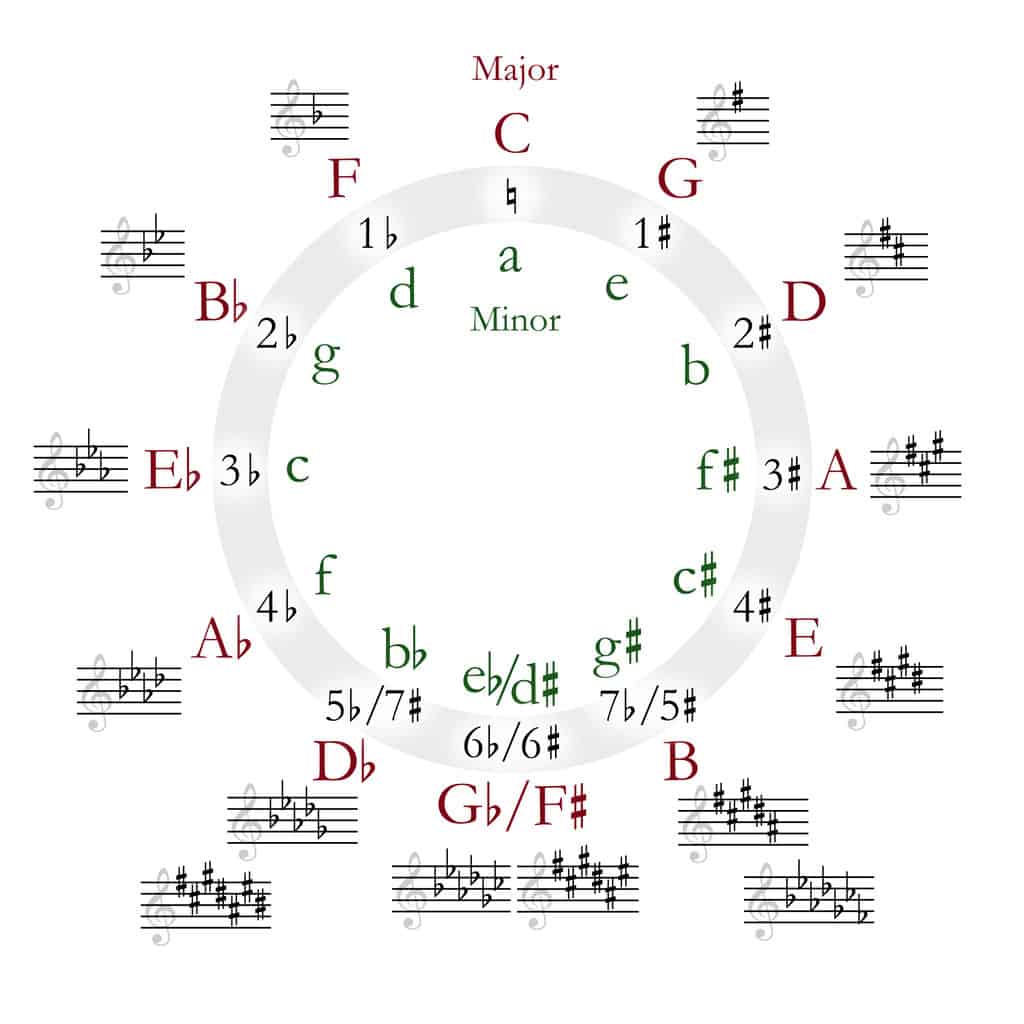The harmonica is a versatile and fascinating instrument that has been played by musicians all over the world for centuries. One of the reasons for its popularity is its simplicity – it’s relatively easy to learn the basics and start playing songs. However, as you delve deeper into the world of harmonicas, you’ll discover that there are many different types and techniques to explore.
In this article, we’ll be focusing on two of the most common harmonica positions: first position and second position. We’ll explain what these positions are, how they differ, and why they’re important for any harmonica player to understand.
What is a Harmonica Position?
Before we dive into first and second position, it’s important to understand what we mean by “position” in the context of harmonicas. Essentially, position refers to the relationship between the harmonica’s keys and the key of the music you’re playing.
When you play a harmonica in first position, you’re playing it in its original key. For example, if you have a C harmonica, you’ll be playing in the key of C. This is the most straightforward way to play, and it’s how most beginners start out.
However, by using different positions, you can unlock new possibilities for playing in different keys and with different sounds. This is where second position comes in.
What is Second Position Harmonica?
Second position, also known as cross harp, is a common harmonica position that’s played in a key one step up from the harmonica’s original key. For example, if you have a C harmonica, you would play in the key of D in second position.
To achieve this, you’ll need to use a different set of holes and techniques than you would in first position. Specifically, you’ll be using the 2, 3, and 4 holes for the majority of your playing, as well as bending notes to create a bluesy sound.
Why Play in Second Position?
There are a few reasons why second position is such a popular choice among harmonica players.
Firstly, it allows you to play in different keys without having to carry around a bunch of different harmonicas. By mastering second position, you can play in any key you need using just a few harmonicas.
Secondly, second position has a unique sound that’s often associated with blues and rock music. The bent notes and bluesy inflections that are characteristic of second position playing can add a lot of emotion and depth to your music.
Finally, playing in second position can help you develop better technique and control over your harmonica. The challenges of bending notes and playing in a different position can help you become a more skilled and versatile player.
How to Play in Second Position
If you’re new to second position playing, here are a few tips to get you started:
1. Start by learning the 2, 3, and 4 holes in your chosen harmonica. These are the holes you’ll be using the most in second position.
2. Practice bending notes. Bending notes is a crucial technique for second position playing, and it can take some time to master.
3. Listen to recordings of harmonica players who use second position. This can help you get a feel for the sound and style of second position playing.
4. Experiment with different keys and harmonicas. Playing in different keys can help you develop a better understanding of how second position works.
First Position vs. Second Position
So, which position is better: first or second?
The truth is, there’s no one-size-fits-all answer to this question. Both positions have their own unique sounds and uses, and the best choice will depend on the music you’re playing and your own personal preferences.
First position is a great place to start for beginners, as it’s the most straightforward way to play the harmonica. It’s also a good choice for playing folk, country, and other genres that don’t require a lot of bending or bluesy inflections.
However, if you’re looking to explore the full range of sounds and techniques that the harmonica has to offer, second position is a must-learn. It’s a crucial part of the blues and rock harmonica tradition, and it can add a lot of depth and emotion to your playing.
Interested in exploring more about musical instruments? Check out our articles on which came first, the banjo or the guitar, first string on a banjo, best harmonica sets, best open-back banjos, and choosing the right guitar case for a deeper dive into the world of music and instruments!
Conclusion
In conclusion, first and second position are two of the most common harmonica positions, and understanding how they work is essential for any harmonica player. While first position is the most straightforward way to play, second position opens up new possibilities for playing in different keys and with different sounds. By mastering both positions, you can become a more versatile and skilled harmonica player.
So, whether you’re a beginner just starting out or an experienced player looking to expand your skills, take some time to explore first and second position playing. With practice and dedication, you can unlock the full potential of this amazing instrument.


